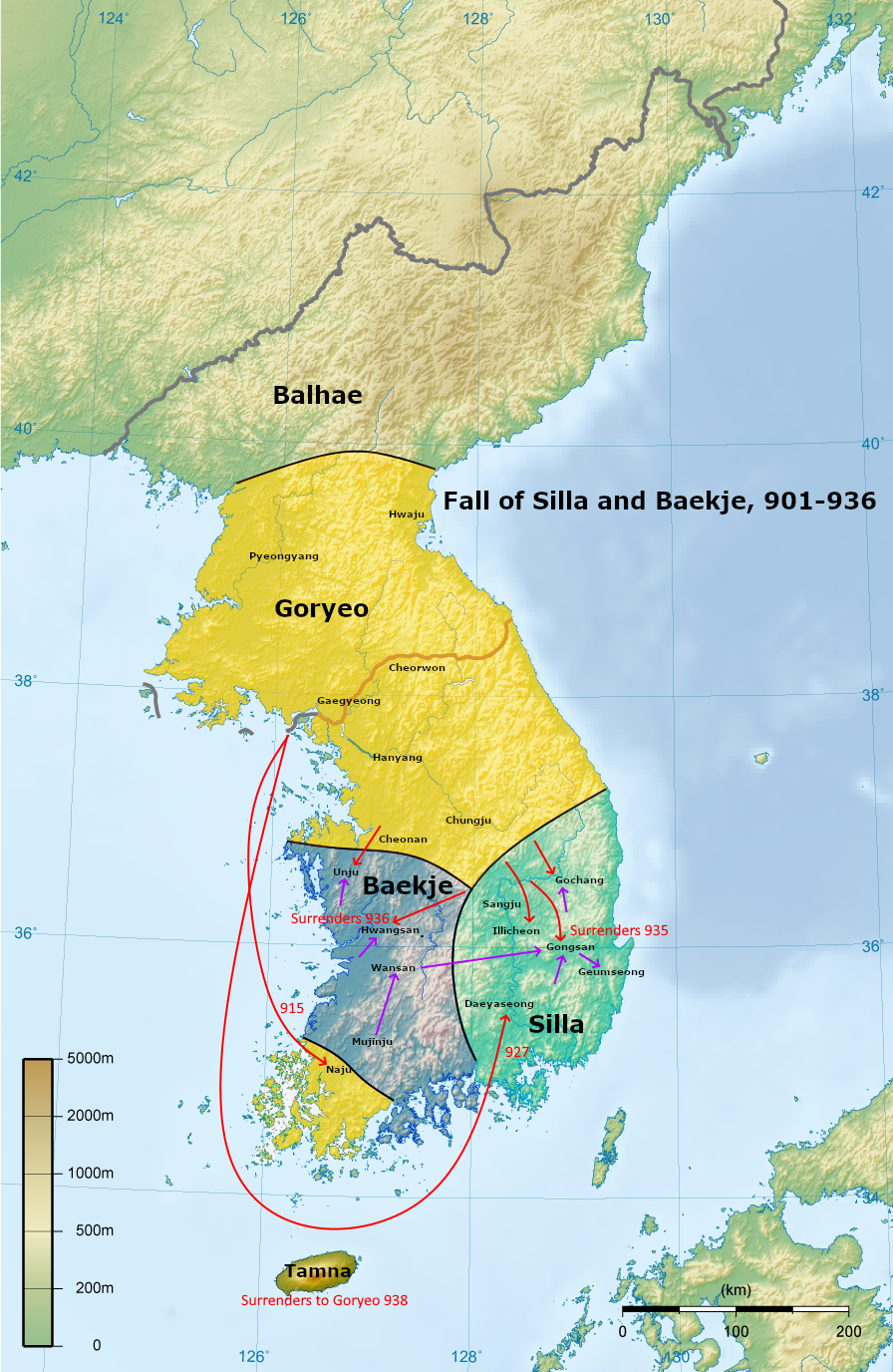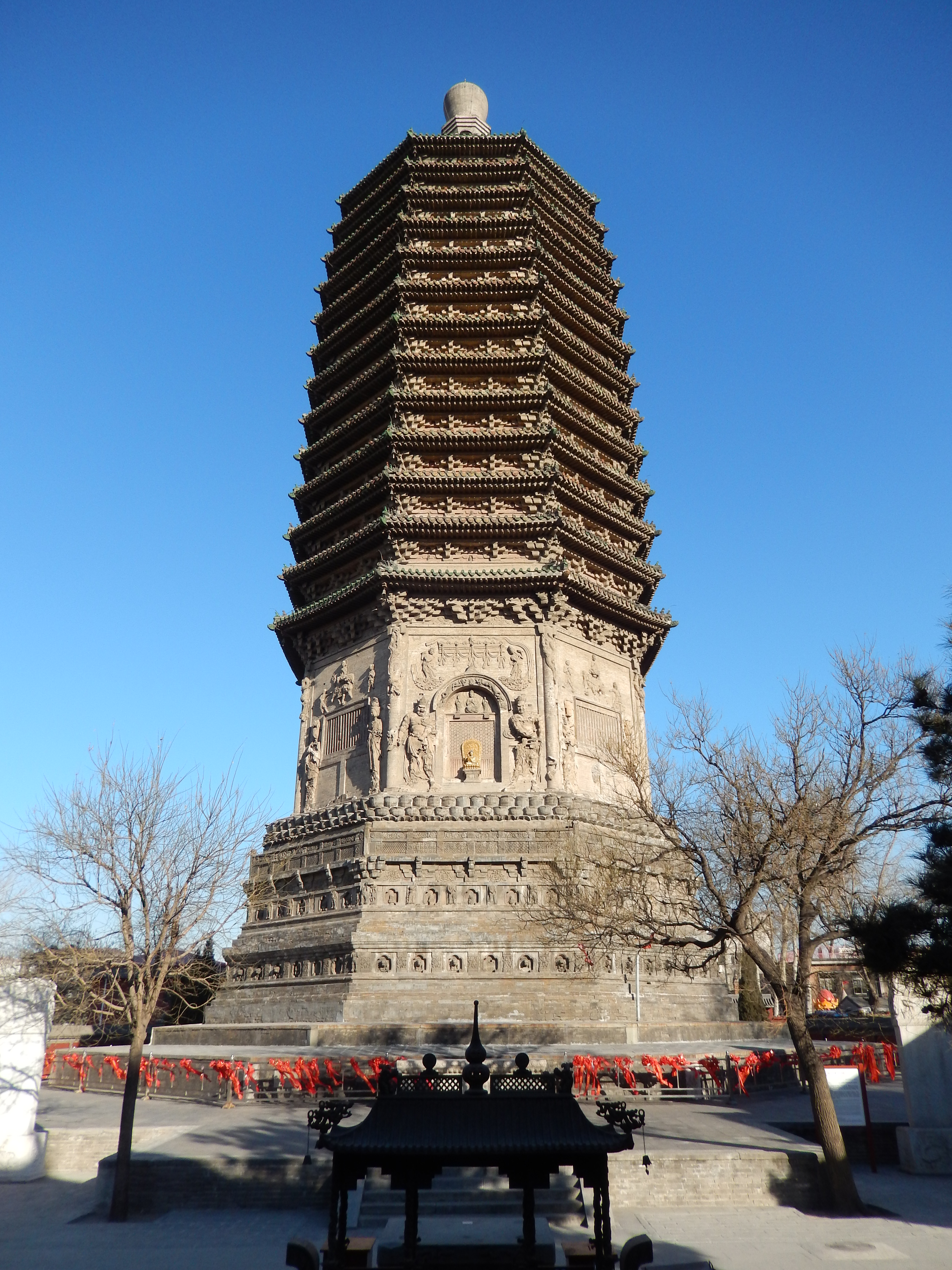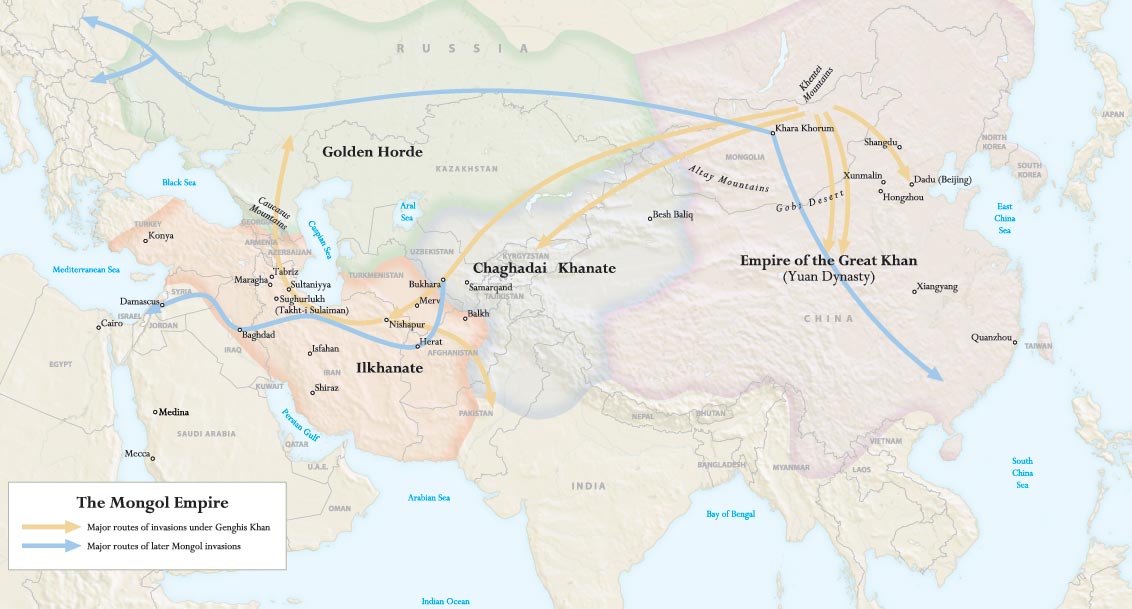|
Lingshu Jing
''Lingshu Jing'' (), also known as ''Divine Pivot'', ''Spiritual Pivot'', or ''Numinous Pivot'', is an ancient Chinese medical text whose earliest version was probably compiled in the 1st century BCE on the basis of earlier texts. It is one of two parts of a larger medical work known as the ''Huangdi Neijing'' (Inner Canon of Huangdi or Yellow Emperor's Inner Canon). The other section, which is more commonly used in Traditional Chinese Medicine, is known as the '' Suwen'' ("Basic Questions"). History No version of the ''Lingshu'' prior to the 12th century has survived. Most scholars presume that the original title of the ''Lingshu'' was either ''Zhenjing'' ( "Classic of Acupuncture" or "Needling Canon") or ''Jiujuan'' ( "Nine Fascicles"). They base this conclusion on the following evidence: * The ''Huangdi neijing'' was listed as a book in 18 juan ("fascicles") in the bibliographical chapter ("Yiwenzhi" ) of Ban Gu's Book of Han (''Hanshu'' ). That chapter was itself based on t ... [...More Info...] [...Related Items...] OR: [Wikipedia] [Google] [Baidu] |
Huangdi Neijing
''Huangdi Neijing'' (), literally the ''Inner Canon of the Yellow Emperor'' or ''Esoteric Scripture of the Yellow Emperor'', is an ancient Chinese medical text or group of texts that has been treated as a fundamental doctrinal source for Chinese medicine for more than two millennia. The work comprises two texts—each of eighty-one chapters or treatises in a question-and-answer format between the mythical Yellow Emperor and six of his equally legendary ministers. The first text, the ''Suwen'' (), also known as ''Basic Questions'', covers the theoretical foundation of Chinese Medicine and its diagnostic methods. The second and generally less referred-to text, the '' Lingshu'' (; ''Spiritual Pivot''), discusses acupuncture therapy in great detail. Collectively, these two texts are known as the ''Neijing'' or ''Huangdi Neijing.'' In practice, however, the title ''Neijing'' often refers only to the more influential ''Suwen''. Two other texts also carried the prefix ''Huangdi Nei ... [...More Info...] [...Related Items...] OR: [Wikipedia] [Google] [Baidu] |
Goryeo
Goryeo (; ) was a Korean kingdom founded in 918, during a time of national division called the Later Three Kingdoms period, that unified and ruled the Korean Peninsula until 1392. Goryeo achieved what has been called a "true national unification" by Korean historians as it not only unified the Later Three Kingdoms but also incorporated much of the ruling class of the northern kingdom of Balhae, who had origins in Goguryeo of the earlier Three Kingdoms of Korea. The name "Korea" is derived from the name of Goryeo, also spelled Koryŏ, which was first used in the early 5th century by Goguryeo. According to Korean historians, it was during the Goryeo period that the individual identities of Goguryeo, Baekje, and Silla were successfully merged into a single entity that became the basis of modern-day 'Korean' identity. Throughout its existence, Goryeo, alongside Unified Silla, was known to be the "Golden Age of Buddhism" in Korea. As the state religion, Buddhism achieved its highes ... [...More Info...] [...Related Items...] OR: [Wikipedia] [Google] [Baidu] |
History Of Ancient Medicine
History (derived ) is the systematic study and the documentation of the human activity. The time period of event before the invention of writing systems is considered prehistory. "History" is an umbrella term comprising past events as well as the memory, discovery, collection, organization, presentation, and interpretation of these events. Historians seek knowledge of the past using historical sources such as written documents, oral accounts, art and material artifacts, and ecological markers. History is not complete and still has debatable mysteries. History is also an academic discipline which uses narrative to describe, examine, question, and analyze past events, and investigate their patterns of cause and effect. Historians often debate which narrative best explains an event, as well as the significance of different causes and effects. Historians also debate the nature of history as an end in itself, as well as its usefulness to give perspective on the problems of the p ... [...More Info...] [...Related Items...] OR: [Wikipedia] [Google] [Baidu] |
Chinese Classic Texts
Chinese classic texts or canonical texts () or simply dianji (典籍) refers to the Chinese texts which originated before the imperial unification by the Qin dynasty in 221 BC, particularly the "Four Books and Five Classics" of the Neo-Confucian tradition, themselves a customary abridgment of the "Thirteen Classics". All of these pre-Qin texts were written in classical Chinese. All three canons are collectively known as the classics ( t , s , ''jīng'', lit. "warp"). The term Chinese classic texts may be broadly used in reference to texts which were written in vernacular Chinese or it may be narrowly used in reference to texts which were written in the classical Chinese which was current until the fall of the last imperial dynasty, the Qing, in 1912. These texts can include ''shi'' (, historical works), ''zi'' (, philosophical works belonging to schools of thought other than the Confucian but also including works on agriculture, Traditional Chinese medicine, med ... [...More Info...] [...Related Items...] OR: [Wikipedia] [Google] [Baidu] |
Beijing
} Beijing ( ; ; ), alternatively romanized as Peking ( ), is the capital of the People's Republic of China. It is the center of power and development of the country. Beijing is the world's most populous national capital city, with over 21 million residents. It has an administrative area of , the third in the country after Guangzhou and Shanghai. It is located in Northern China, and is governed as a municipality under the direct administration of the State Council with 16 urban, suburban, and rural districts.Figures based on 2006 statistics published in 2007 National Statistical Yearbook of China and available online at archive. Retrieved 21 April 2009. Beijing is mostly surrounded by Hebei Province with the exception of neighboring Tianjin to the southeast; together, the three divisions form the Jingjinji megalopolis and the national capital region of China. Beijing is a global city and one of the world's leading centres for culture, diplomacy, politics, finance, busi ... [...More Info...] [...Related Items...] OR: [Wikipedia] [Google] [Baidu] |
National Library Of China
The National Library of China (; NLC) is the national library of the People's Republic of China and is one of the largest libraries in the world. It contains over 41 million items as of December 2020. It holds the largest collection of Chinese literature and historical documents in the world and covers an area of 280,000 square meters. The National Library is a public welfare institution sponsored by the Ministry of Culture and Tourism. The collections of the National Library have inherited the royal collections since the Southern Song Dynasty and private collections since the Ming and Qing dynasties. The oldest collections can be traced back to the oracle bones of Yin Ruins more than 3,000 years ago. The National Library is a major research and public library, with items in 123 languages and in many formats, both print and digital: books, manuscripts, journals, newspapers, magazines, sound and music recordings, videos, play-scripts, patents, databases, maps, stamps, prin ... [...More Info...] [...Related Items...] OR: [Wikipedia] [Google] [Baidu] |
Yuan Dynasty
The Yuan dynasty (), officially the Great Yuan (; xng, , , literally "Great Yuan State"), was a Mongol-led imperial dynasty of China and a successor state to the Mongol Empire after its division. It was established by Kublai, the fifth khagan-emperor of the Mongol Empire from the Borjigin clan, and lasted from 1271 to 1368. In orthodox Chinese historiography, the Yuan dynasty followed the Song dynasty and preceded the Ming dynasty. Although Genghis Khan had been enthroned with the Han-style title of Emperor in 1206 and the Mongol Empire had ruled territories including modern-day northern China for decades, it was not until 1271 that Kublai Khan officially proclaimed the dynasty in the traditional Han style, and the conquest was not complete until 1279 when the Southern Song dynasty was defeated in the Battle of Yamen. His realm was, by this point, isolated from the other Mongol-led khanates and controlled most of modern-day China and its surrounding areas, including ... [...More Info...] [...Related Items...] OR: [Wikipedia] [Google] [Baidu] |
Song Dynasty
The Song dynasty (; ; 960–1279) was an imperial dynasty of China that began in 960 and lasted until 1279. The dynasty was founded by Emperor Taizu of Song following his usurpation of the throne of the Later Zhou. The Song conquered the rest of the Ten Kingdoms, ending the Five Dynasties and Ten Kingdoms period. The Song often came into conflict with the contemporaneous Liao, Western Xia and Jin dynasties in northern China. After retreating to southern China, the Song was eventually conquered by the Mongol-led Yuan dynasty. The dynasty is divided into two periods: Northern Song and Southern Song. During the Northern Song (; 960–1127), the capital was in the northern city of Bianjing (now Kaifeng) and the dynasty controlled most of what is now Eastern China. The Southern Song (; 1127–1279) refers to the period after the Song lost control of its northern half to the Jurchen-led Jin dynasty in the Jin–Song Wars. At that time, the Song court retreated south of the ... [...More Info...] [...Related Items...] OR: [Wikipedia] [Google] [Baidu] |
Tang Dynasty
The Tang dynasty (, ; zh, t= ), or Tang Empire, was an Dynasties in Chinese history, imperial dynasty of China that ruled from 618 to 907 AD, with an Zhou dynasty (690–705), interregnum between 690 and 705. It was preceded by the Sui dynasty and followed by the Five Dynasties and Ten Kingdoms period. Historians generally regard the Tang as a high point in Chinese civilization, and a Golden age (metaphor), golden age of cosmopolitan culture. Tang territory, acquired through the military campaigns of its early rulers, rivaled that of the Han dynasty. The House of Li, Lǐ family () founded the dynasty, seizing power during the decline and collapse of the Sui Empire and inaugurating a period of progress and stability in the first half of the dynasty's rule. The dynasty was formally interrupted during 690–705 when Empress Wu Zetian seized the throne, proclaiming the Zhou dynasty (690–705), Wu Zhou dynasty and becoming the only legitimate Chinese empress regnant. The devast ... [...More Info...] [...Related Items...] OR: [Wikipedia] [Google] [Baidu] |
Traditional Chinese Medicine
Traditional Chinese medicine (TCM) is an alternative medical practice drawn from traditional medicine in China. It has been described as "fraught with pseudoscience", with the majority of its treatments having no logical mechanism of action. Medicine in traditional China encompassed a range of sometimes competing health and healing practices, folk beliefs, literati theory and Confucian philosophy, herbal remedies, food, diet, exercise, medical specializations, and schools of thought. In the early twentieth century, Chinese cultural and political modernizers worked to eliminate traditional practices as backward and unscientific. Traditional practitioners then selected elements of philosophy and practice and organized them into what they called "Chinese medicine" (''Zhongyi''). In the 1950s, the Chinese government sponsored the integration of Chinese and Western medicine, and in the Great Proletarian Cultural Revolution of the 1960s, promoted Chinese medicine as inexpensive a ... [...More Info...] [...Related Items...] OR: [Wikipedia] [Google] [Baidu] |
Moxibustion
Moxibustion () is a traditional Chinese medicine therapy which consists of burning dried mugwort ('' wikt:moxa'') on particular points on the body. It plays an important role in the traditional medical systems of China, Japan, Korea, Vietnam, and Mongolia. Suppliers usually age the mugwort and grind it up to a fluff; practitioners burn the fluff or process it further into a cigar-shaped stick. They can use it indirectly, with acupuncture needles, or burn it on the patient's skin. Moxibustion is promoted as a treatment for a wide variety of conditions, but its use is not backed by good evidence and it carries a risk of adverse effects. Terminology The first Western remarks on moxibustion can be found in letters and reports written by Portuguese missionaries in 16th-century Japan. They called it ''botão de fogo'' ("fire button"), a term originally used for round-headed Western cautery irons. Hermann Buschoff, who published the first Western book on this matter in 1674 (Engli ... [...More Info...] [...Related Items...] OR: [Wikipedia] [Google] [Baidu] |
Huangfu Mi
Huangfu Mi (215–282), courtesy name Shi'an (), was a Chinese physician, essayist, historian, poet, and writer who lived through the late Eastern Han dynasty, Three Kingdoms period and early Western Jin dynasty. He was born in a poor farming family in present-day Sanli village, Chaona, Pingliang, despite being a great-grandson of the famous general Huangfu Song, via Song's son Huangfu Shuxian. Notable works Between 256 and 260, toward the end of the state of Cao Wei, he compiled the ''Canon of Acupuncture and Moxibustion'' (), a collection of various texts on acupuncture written in earlier periods. This book in 12 volumes further divided into 128 chapters was one of the earliest systematic works on acupuncture and moxibustion, and it proved to be one of the most influential.''Chinese Acupuncture and Moxibustion'', 1987 Huangfu Mi also compiled ten books in a series called ''Records of Emperors and Kings'' (). He was also the coauthor of Biographies of Exemplary Women (Chinese: ... [...More Info...] [...Related Items...] OR: [Wikipedia] [Google] [Baidu] |

.jpg)




